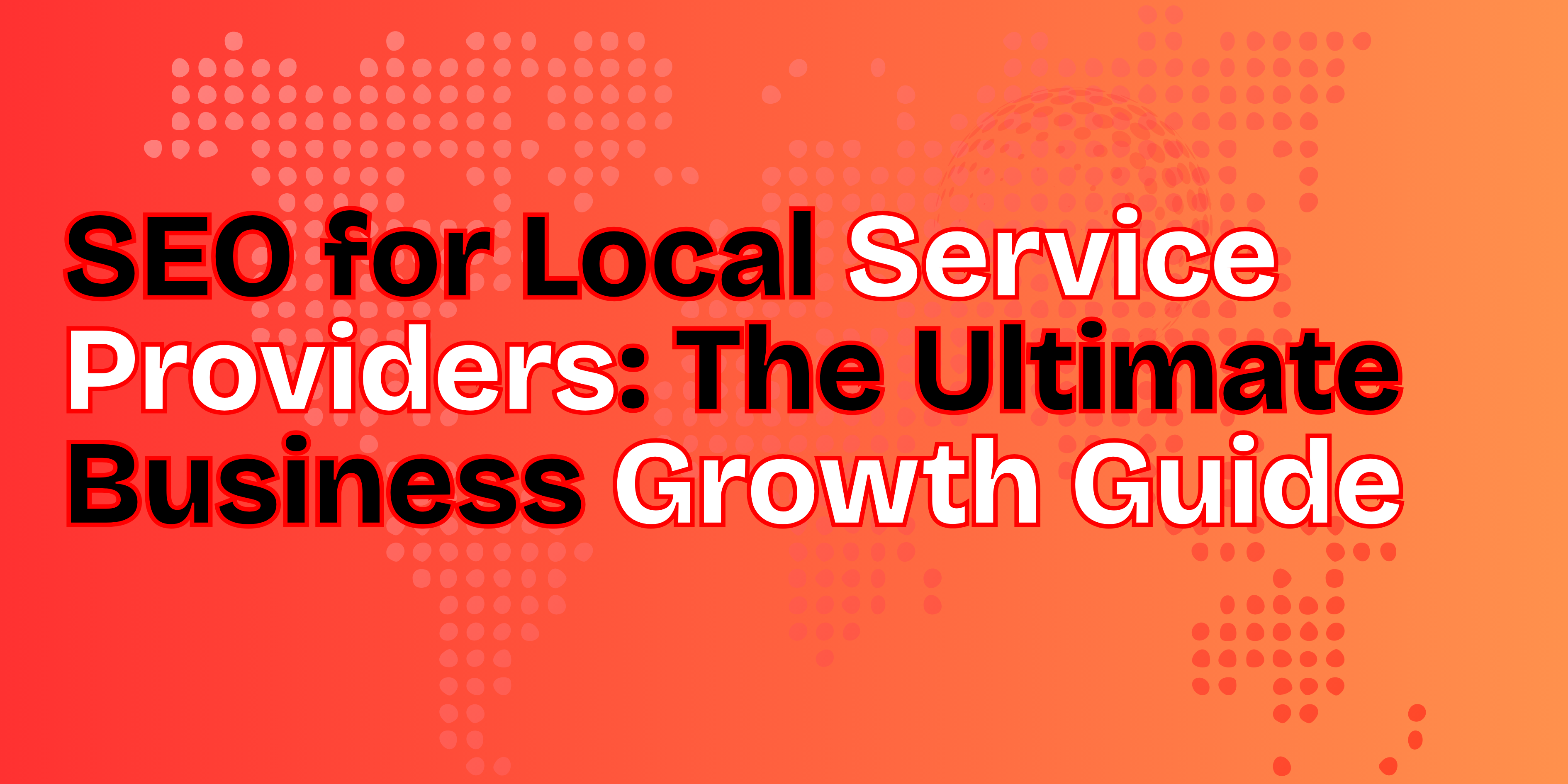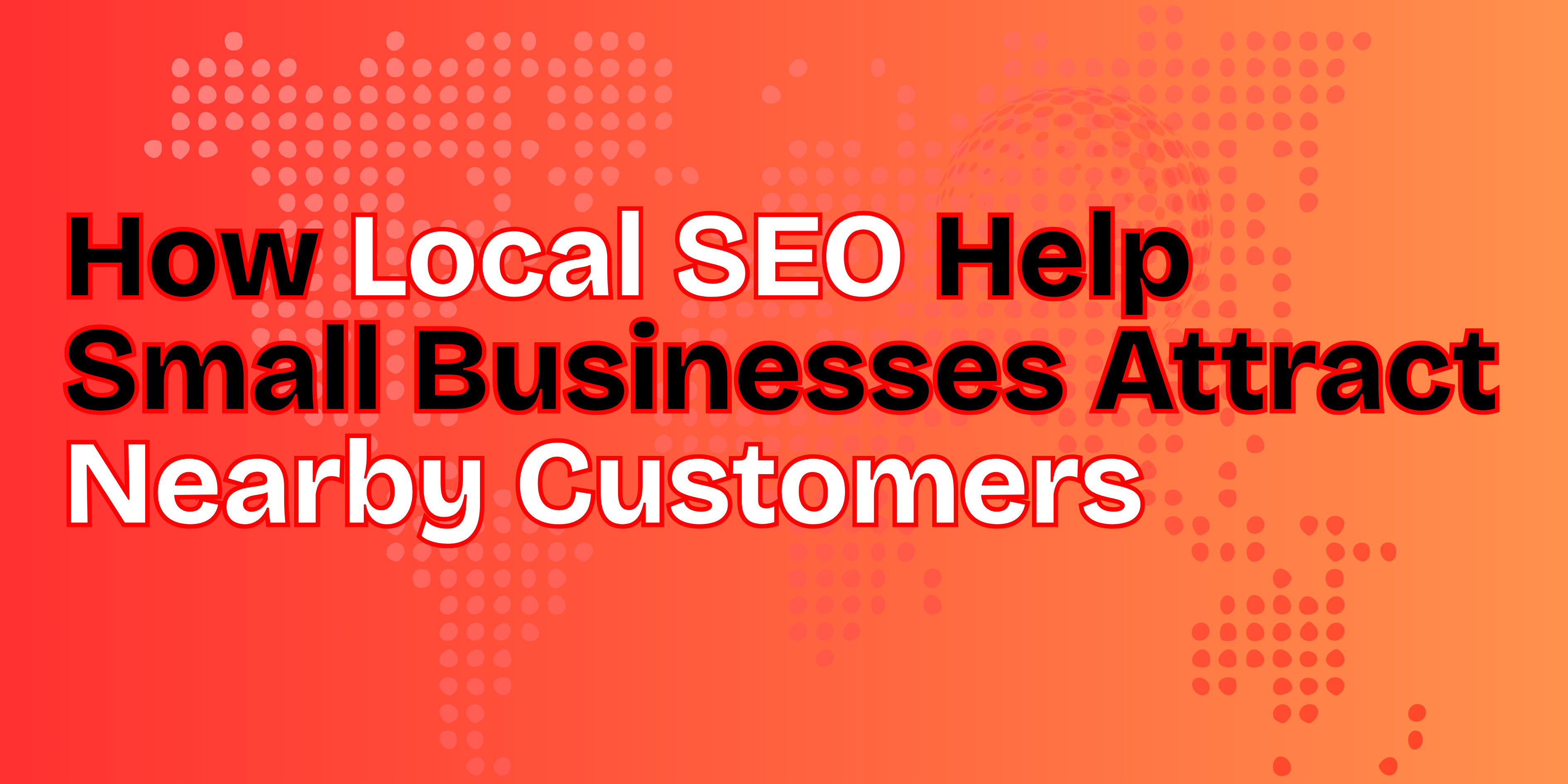If you run a service based business, you’ve likely come across the terms Local SEO and Traditional SEO. Maybe you’re wondering: What’s the difference between them? Which one should I focus on?
You’re not alone—many business owners struggle to choose the right approach for their local business. In this guide, we’ll break down Local SEO vs. Traditional SEO in simple terms, show how each one works, and help you decide which strategy will deliver better results for your business.
Table of Contents
- What is Traditional SEO?
- What Is Local SEO?
- Local SEO vs. Traditional SEO: Key Differences
- Why Local SEO Works Best for Service-Based Businesses
- When Should You Consider Traditional SEO?
- Real-Life Example: Local SEO in Action
- Combining Local and Traditional SEO: The Best of Both Worlds?
- Final Thoughts: Which SEO Strategy Is Right for You?
- Ready to Get Found by More Local Customers?
What is Traditional SEO?
Traditional SEO, also known as organic SEO, focuses on improving your website’s visibility in general, non-location-specific search results—typically on a national or global scale.
This approach works best for businesses that don’t rely on a specific geographic location to serve customers. It’s ideal for:
- E-commerce stores with nationwide or international shipping
- Online service providers like virtual assistants or graphic designers
- Blogs and content-driven websites targeting broad search topics
Example: If you sell online courses in digital marketing or offer graphic design services to clients across the country, Traditional SEO helps your site rank for high-volume keywords like “best graphic design services online” or “learn digital marketing.”
What Is Local SEO?
Local SEO focuses on helping your business appear in local search results tied to a specific geographic area. It’s designed for businesses that either have a physical location or serve local customers in defined service areas.
This SEO strategy ensures that when someone nearby searches for your services, your business shows up—especially in Google’s Local Map Pack.
Local SEO is ideal for:
- Home service providers like plumbers, electricians, and HVAC technicians
- Local businesses such as salons, gyms, spas, and cleaning companies
- Professionals like real estate agents, lawyers, and dentists
Example: A roofing contractor based in Phoenix would benefit from Local SEO to rank for location-based keywords like “roof repair in Phoenix” or “roofing company near me.”
Local SEO vs. Traditional SEO: Key Differences
Let’s compare the two side by side to see how they differ:
| Factor | Traditional SEO | Local SEO |
| Target Audience | National/Global SEO | Local/Regional |
| Keywords Focus | Broad, non-location specific | Geo-targeted keywords |
| Goal | Boost website traffic | Drive local leads and foot traffic |
| Tools | On-page SEO, backlinks, content | Google Business Profile, reviews |
| Search Result Placement | Organic search results | Map Pack + local organic results |
Why Local SEO Works Best for Service-Based Businesses
If you’re a service provider, your customers are likely located within a specific city or region. That’s exactly where Local SEO shines.
Here’s why it often delivers faster, better results:
1. Targets High-Intent Local Search
People searching for services like “emergency plumber near me” or “dog groomer in Atlanta” are ready to act. Ranking for these types of terms brings in qualified leads that convert quickly.
2. Shows Your Business in Google’s Map Pack
Local SEO helps your business appear in the top 3 results shown in the map section of Google—one of the most visible and frequently clicked areas on the page.
3. Builds Trust Through Reviews
Google favors businesses with strong local customer reviews. Local SEO involves optimizing your Google Business Profile to help collect, manage, and showcase customer feedback that builds credibility.
4. More Affordable for Small Businesses
Since Local SEO targets a specific area, it’s typically less competitive—and more cost-effective—than running a nationwide SEO campaign.
When Should You Consider Traditional SEO?
While Local SEO is ideal for businesses targeting specific regions, there are situations where Traditional SEO (organic SEO) makes more sense—even for service-based providers:
- You offer virtual services like coaching, consulting, or online classes
- You operate in multiple states or regions, with a broader customer base
- You’re building a blog or content strategy to attract traffic from a wider audience
- You sell digital products or services that aren’t location-dependent
In these cases, combining Traditional SEO with Local SEO can help you reach both local clients and a broader online audience—maximizing your visibility and results.
Real-Life Example: Local SEO in Action
Let’s say you own a landscaping business based in Austin, Texas. You’re not serving all of Texas—just Austin and a few nearby towns.
Instead of competing for broad, highly competitive terms like “landscaping services”, you implement a Local SEO strategy focused on reaching nearby homeowners by:
- Optimizing your Google My Business Profile with accurate service details, hours, and photos
- Creating dedicated service area pages, such as “Landscaping in Round Rock” and “Yard Cleanup in Pflugerville”
- Actively collecting reviews from satisfied customers to build trust and improve rankings
After local SEO efforts, your business starts showing up when local homeowners search for nearby landscaping services—bringing in calls and quote requests every week.
Combining Local and Traditional SEO: The Best of Both Worlds?
In many cases, the smartest strategy isn’t choosing between Local SEO and Traditional SEO—it’s combining them.
Take a local yoga studio as an example. They can benefit from both approaches by:
- Using Local SEO to rank for high-intent searches for local keywords like “yoga classes in Chicago”, helping nearby users find and visit the studio
- Leveraging Traditional SEO through informative blog content such as “Best Yoga Poses for Beginners”, which attracts a wider online audience and builds topical authority
This hybrid strategy does more than just increase visibility—it strengthens brand credibility, improves search engine results rankings, and encourages content sharing and referrals both local searchers and beyond.
Final Thoughts: Which SEO Strategy Is Right for You?
To wrap it up:
- Go with Local SEO if you operate in a specific geographic area and want to attract more high-intent leads from your local community. It’s perfect for service providers like contractors, salons, gyms, or realtors who rely on nearby customers.
- Opt for Traditional SEO if your services are location-independent—like virtual coaching, nationwide consulting, or digital product sales—and you want to boost organic traffic across a broader market and online presence.
- Combine both strategies for the best results if you’re looking to grow your visibility locally while building brand authority through blog content, how-to guides, or industry expertise.
Still unsure? The right SEO approach depends on your business goals, target audience, and service areas—but no matter your path, investing in SEO campaign will build long-term growth, trust, and consistent online visibility.
Ready to Get Found by More Local Customers?
At Your Rankers, we specialize in both Local SEO and Traditional SEO—with strategies tailored for service-based businesses like yours. Whether you want to dominate local search result or expand your online visibility or potential customer, we’re here to help.
Let’s build a SEO strategy that works for your business and goals.Contact us today for a free consultation and see how we can help you grow—locally and beyond.



